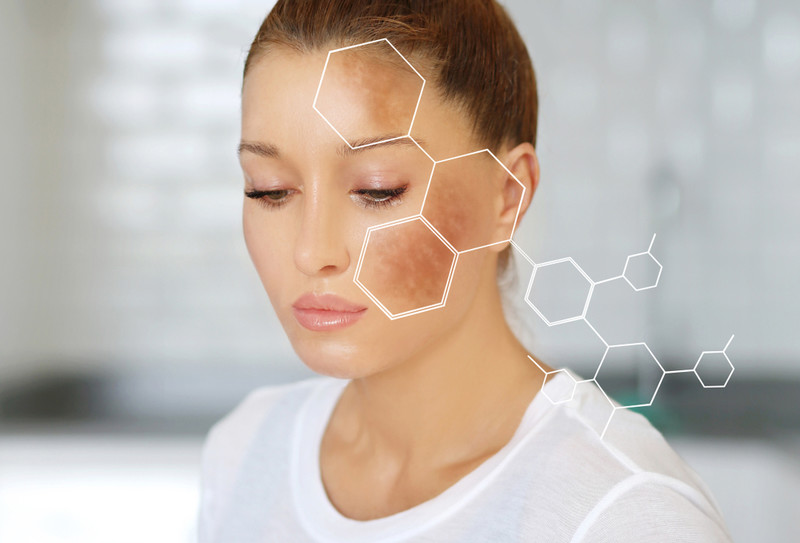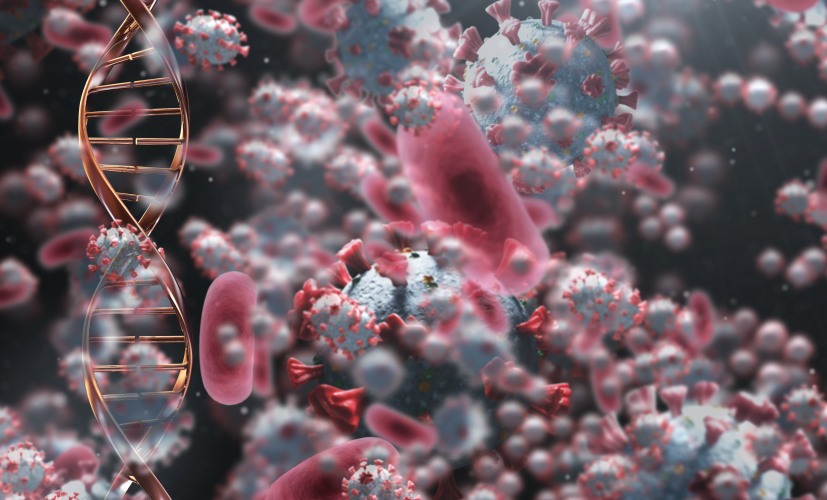
What Causes Dark Spots on the Skin and How Can I Reduce Them?
Uneven skin pigmentation (or "hyperpigmentation," as it is often called) is a common skin concern. Dark spots—known as age spots or sun spots—or larger dark patches often appear on the face, hands, and other parts of the body that are regularly exposed to the sun. This article describes the different types of hyperpigmentation and explains their causes. We will also explore ways to prevent hyperpigmentation and steps you can take to reduce dark spots or patches once they have appeared.
What Is Hyperpigmentation and What Are Its Different Types?
Hyperpigmentation is the term used to describe areas of uneven pigmentation on the skin.
Hyperpigmentation appears as dark spots or patches on the skin, giving it an uneven tone. These spots are known as age spots or sun spots, and hyperpigmentation is also the underlying cause of conditions such as melasma and post-inflammatory hyperpigmentation.
People with darker skin tones are generally more affected by hyperpigmentation than those with lighter skin, as pigmentation tends to be more pronounced in darker skin.
Hyperpigmentation: Age Spots
Pigmented spots, such as age spots (also known as sun spots), are caused by sun exposure. For this reason, they mainly appear on parts of the body that are frequently exposed to the sun, such as the face, neck, décolletage, hands, and the upper part of the arms. You can read more about what causes them and how to reduce them in "What Causes Age Spots and How Can I Reduce Them?"
Hyperpigmentation: Melasma
Also known as chloasma, melasma is a condition in which large areas of hyperpigmentation develop, primarily on the face.
While it can affect both men and women, melasma is most commonly seen in women and is believed to be triggered by hormonal changes. Melasma occurs in 10-15% of pregnant women and 10-25% of women taking oral contraceptives. It is sometimes referred to as "the mask of pregnancy."
Hyperpigmentation: Post-Inflammatory Hyperpigmentation
Post-inflammatory hyperpigmentation occurs when a skin injury heals and leaves behind a flat, discolored area. It is common among acne sufferers and can also be caused by cosmetic procedures such as dermabrasion, laser therapy, and chemical peels.
Other factors can cause darkened areas on the skin, such as scars, birthmarks, solar or actinic keratosis, and skin cancer, but these are not classified as types of hyperpigmentation.
What Causes Hyperpigmentation?
Sun Exposure and Hyperpigmentation
Sun exposure is the number one cause of hyperpigmentation, as sunlight triggers melanin production. Melanin acts as the skin's natural defense against the sun, protecting against harmful UV rays—this is why skin tans in the sun. However, excessive sun exposure can disrupt this process, leading to hyperpigmentation.
Once dark spots first appear, sun exposure can worsen the problem, making existing age spots (or sun spots), melasma, or post-inflammatory hyperpigmentation even darker.
Hormones and Hyperpigmentation
Hormonal influences are the main cause of a specific type of hyperpigmentation known as melasma or chloasma. It is particularly common in women and is believed to occur when the female sex hormones estrogen and progesterone stimulate the overproduction of melanin upon sun exposure.
Hyperpigmentation can also be a side effect of certain hormone therapies.
Hyperpigmentation and Aging
As we age, the number of melanin-producing cells (known as melanocytes) decreases, but the remaining cells increase in size and are more densely distributed. These physiological changes explain the increase in age spots after the age of 40.
Hyperpigmentation, Skin Injury, and Inflammation
As its name suggests, post-inflammatory hyperpigmentation occurs after a skin injury or inflammation, such as a cut, burn, chemical exposure, acne, atopic dermatitis, or psoriasis. Once the wound heals, the skin remains darker.
Hyperpigmentation, Diseases, and Medications
Hyperpigmentation can be a symptom of certain diseases, including autoimmune and gastrointestinal disorders, metabolic imbalances, and vitamin deficiencies.
It can also be triggered by certain medications, such as chemotherapy drugs, antibiotics, and medications used to treat malaria and seizures.





